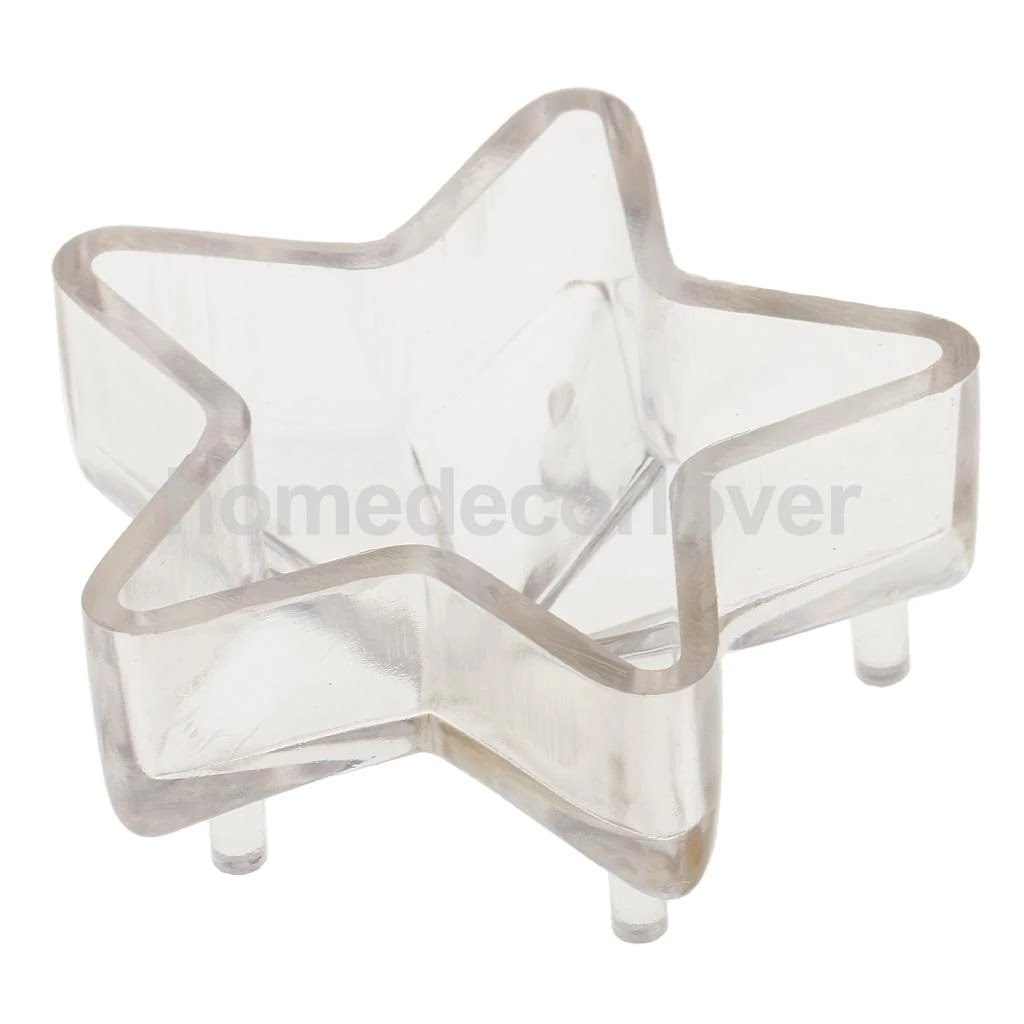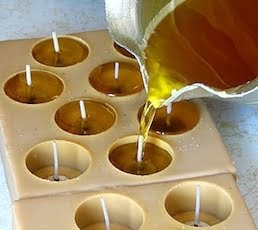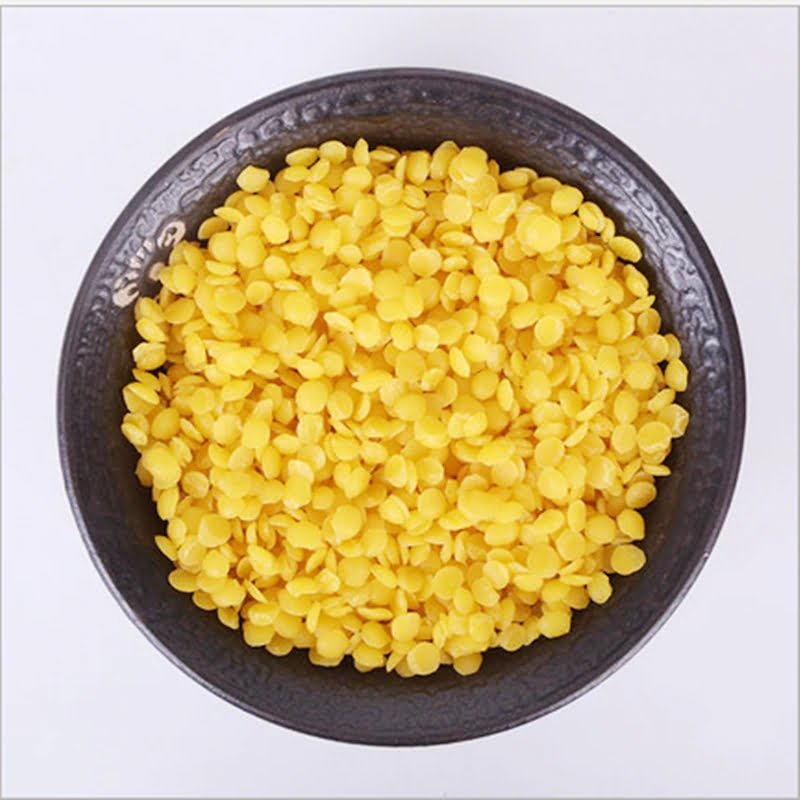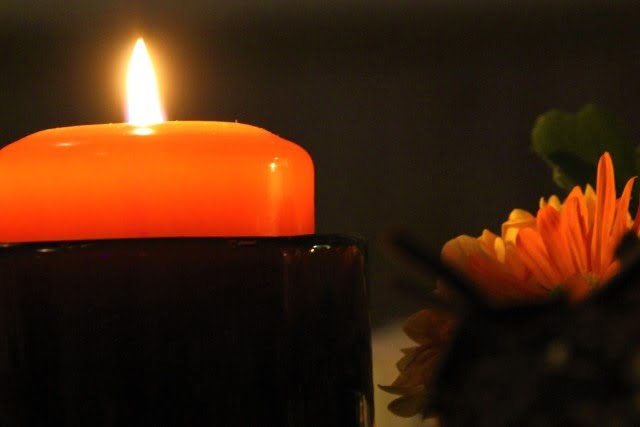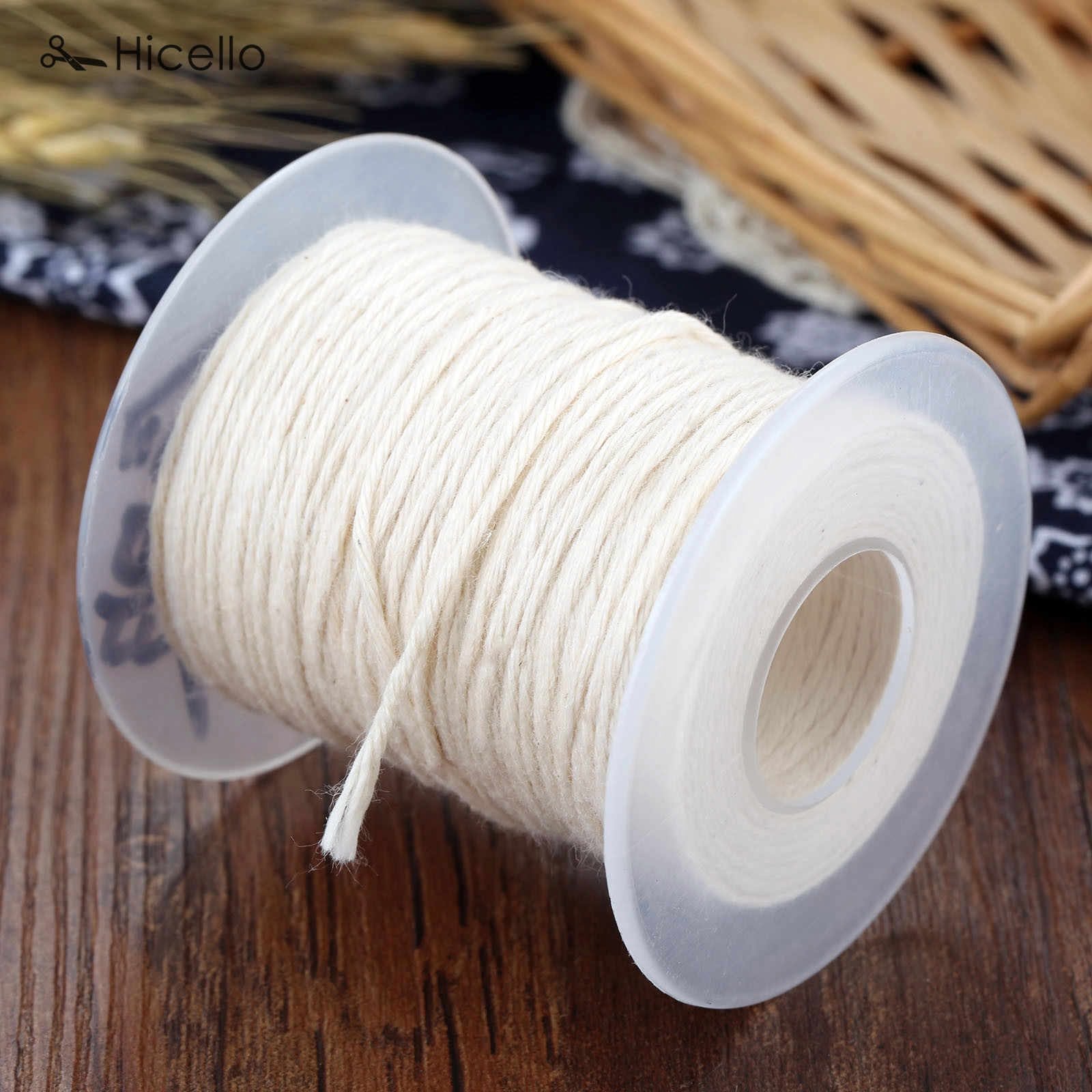Introduction
Candle making is an interesting activity that has been around for thousands of years. Candles are used to add warmth and atmosphere to a room, in addition to many other practical applications. People have been creating candle scents for centuries as well, which can bring about a feeling of nostalgia or relaxation when lit.
The process of making candles begins by combining natural waxes with fragrances. A variety of different waxes are available depending on the desired effect such as beeswax, soy wax, paraffin, and palm oil wax. The type of wax that is used might also depend on personal preference or the purpose of the candle (such as if it’s being used for aromatherapy or decoration).
Choosing a scent is one of the most enjoyable parts of candle making because there is no shortage of options. Essential oils are often combined with fragrances such as jasmine, lavender, rosemary, orange blossom, and sandalwood to create unique smells. Depending on how much essential oil is used in the recipe you can even achieve different levels of intensity from mild to intense. For example lavender essential oil blended with jasmine fragrance will have a calming effect while lemon essential oil gives off a refreshing smell.
Once you’ve chosen your ingredients wicks need to be added so that you can light your candle safely once it has cooled and hardened. Cotton wicks coated in natural wax work best and then should be secured at the bottom with a metal base to keep them upright throughout their use. The mixture is then poured into jars or molds before allowing it to solidify for several hours before it’s ready for use!
Candle Scents
Creating your own candle fragrance can be a fun and rewarding experience. When first starting out, it is important to understand the components of scent ” the basic elements that make up every fragrance. These include bases, accords, and notes. Bases are long lasting odors such as musk or woody scents; they are used to create a foundation on which the other elements can rest. Accords are combinations of different scent components chosen to accentuate and enhance each other, while notes are lesser ingredients that provide contrast or additional depth.
When creating your own blend, it is helpful to know what types of oils you should use depending on what type of profile you’d like to achieve. Oils such as bergamot, sandalwood, lavender, vanilla and ylang-ylang will add a warm, comforting atmosphere when blended together. Fresh scents such as lemon or orange blossom can brighten up a space when blended with eucalyptus oil for extra energy and lift. Floral fragrances like rose and jasmine combine well with citrus oils for something more exotic and complex. By experimenting with different combinations in small batches before committing to a big project, you’ll be able to hone in on exactly what type of scent signature you would like for your candle creation. Once perfected, you can then bring it all together into one unique aroma!
Wicks and Containers
Choosing which materials to use for your candle wicks and containers can be a tricky task. There are a few essential factors to consider when selecting the best materials for your candle scents.
When selecting waxes and oils, you need to make sure they are of good quality and suitable for the kind of scents you will be making. Some waxes require higher temperature or fragrances that may burn quickly or cause off-smells when burning.
For wick materials, the three most common options are cotton, jute, and hemp ” each with their own advantages. Cotton wicks are very popular due to its soft flame and easier extinguishing; whereas jute offers longer burning times with less mess, but may produce more smoke. Hemp is less common than cotton as it takes up more space in the container; however it does offer better scent spread.
The container you choose also plays an important role in how well your candle burns. While metal vessels are great for certain types of fragrances like woodsy scents, glass containers better hold the heat from candles and release fragrance better than other materials. Ceramic material is another option ” providing more texture color options if desired The wall thickness of these containers should also be taken into consideration so that you can avoid leakages caused by overheating during long burns.
Quality Control
When it comes to candle safety, quality control should always be a top priority. The first key safety regulation to consider is flame safety. An important rule of thumb with candles is to never leave an open flame unattended. If a potential fire hazard exists, such as curtains or other flammable materials nearby, it is best to put the candle out and move it away from potential sources of danger. It’s also wise to use an appropriate candle holder that will safely protect the surface that it sits on, as well as allow for safe extinguishing after use.
Aside from flame safety, proper labeling must also be considered when making candles. Candles should always disclose any warnings about their ingredients and instructions for proper use and storage. Labels should also include information about burning time and the maximum recommended temperature at which a candle can be burned in order to ensure safe operation at all times. Information regarding production information such as batch numbers and product weights should also be included in order for customers to keep up with quality control regulations set forth by governing bodies like the European Union Safety Standards or U.S. Food & Drug Administration Guidelines.
Last but not least, storing candles properly is an essential part of ensuring top-notch quality control standards. Excessive heat or cold environments should be avoided at all costs because they can affect the lifespan of both waxes and fragrance oils over time. Additionally, humidity levels have been known to fluctuate suddenly causing containers or labels to warp or become discolored due to dampness; therefore keeping candle products away from too much moisture is essential for optimal safety assurance as well. With this in mind, taking extra precautions when packing candles for shipment may require some extra steps such as cushioning layers between them so they don’t move around during transit”this helps protect against wax dripping onto labels or onto another item in case something breaks inside the package during its journey.
Candle Making Tips & Tricks
Candle making is a fun and creative way of expressing your individual style and flair. To maximize success, you must stay at the cutting edge of current trends and styles, design unique candles that stand out from the competition, and understand how to market and sell them to your end customer.
For creative design elements, you can experiment with different colors, sizes, shapes, wicks, scents, waxes, vessels and labels. Once you have established a signature style that fits within current trends, customers will recognize it easily. Be sure to source top quality materials that ensure optimal burn times and enjoyable aromas.
When it comes to marketing your candles professionally, quality imagery is essential as most buyers will purchase products they can relate to emotionally or sensually. Your photographs should be appealing and professional in order to draw interest in potential customers. It is also important to ensure pricing is competitive but still profitable for your business; identify what the market rate for similar products in order that you do not overcharge or underprice your product.
Successful candle-makers utilize both online and physical retail platforms such as markets or expositions in their chosen locations: these allow potential customers to see products first hand before deciding on a purchase – having samples available for ‘smell-testing’ is essential! Finally, keep up-to-date with consumer demands; consumer interests are constantly shifting so being aware of what’s hot will set you apart from the competition – both inside the industry and outside of it.
Conclusion
Candle making is an art form that requires a great deal of knowledge and skill. It takes time and commitment to understand the science of wax melting and wick selection, the tools necessary, scenting and colouring options, as well as safety precautions. Candle scents are the most important factor when making candles because they affect the atmosphere of any room they’re in. Selecting a variety of waxes such as paraffin or soy can provide interesting results. Wick sizing must also be considered to ensure sufficient burning time without producing soot or smoke. Scents should be used sparingly as too much can overwhelm a room with an unpleasant odor. Adding colour to wax may require experimentation to determine what dyes or pigments work best with the type of wax being used.
When all the factors involved in making quality candles are taken into account, it’s clear that candle-making is both a science and art form that requires dedication and practice to perfect. With enough practice and knowledge in hand, anyone with some creativity can produce beautiful candles for their home or for gifts for friends and family. The result makes all the effort worthwhile, giving us beautiful lighting effects as well as soothing aromas that fill up any room – illuminating surfaces while also filling them with joy!

Welcome to my candle making blog! In this blog, I will be sharing my tips and tricks for making candles. I will also be sharing some of my favorite recipes.

